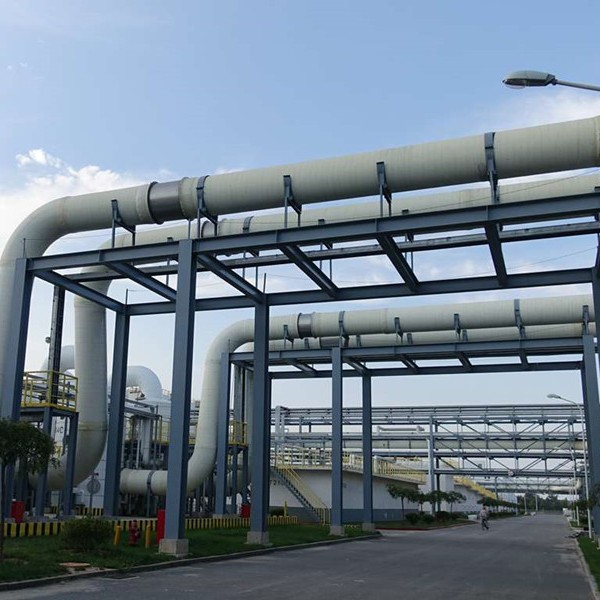
-
 Afrikaans
Afrikaans -
 Albanian
Albanian -
 Amharic
Amharic -
 Arabic
Arabic -
 Armenian
Armenian -
 Azerbaijani
Azerbaijani -
 Basque
Basque -
 Belarusian
Belarusian -
 Bengali
Bengali -
 Bosnian
Bosnian -
 Bulgarian
Bulgarian -
 Catalan
Catalan -
 Cebuano
Cebuano -
 China
China -
 China (Taiwan)
China (Taiwan) -
 Corsican
Corsican -
 Croatian
Croatian -
 Czech
Czech -
 Danish
Danish -
 Dutch
Dutch -
 English
English -
 Esperanto
Esperanto -
 Estonian
Estonian -
 Finnish
Finnish -
 French
French -
 Frisian
Frisian -
 Galician
Galician -
 Georgian
Georgian -
 German
German -
 Greek
Greek -
 Gujarati
Gujarati -
 Haitian Creole
Haitian Creole -
 hausa
hausa -
 hawaiian
hawaiian -
 Hebrew
Hebrew -
 Hindi
Hindi -
 Miao
Miao -
 Hungarian
Hungarian -
 Icelandic
Icelandic -
 igbo
igbo -
 Indonesian
Indonesian -
 irish
irish -
 Italian
Italian -
 Japanese
Japanese -
 Javanese
Javanese -
 Kannada
Kannada -
 kazakh
kazakh -
 Khmer
Khmer -
 Rwandese
Rwandese -
 Korean
Korean -
 Kurdish
Kurdish -
 Kyrgyz
Kyrgyz -
 Lao
Lao -
 Latin
Latin -
 Latvian
Latvian -
 Lithuanian
Lithuanian -
 Luxembourgish
Luxembourgish -
 Macedonian
Macedonian -
 Malgashi
Malgashi -
 Malay
Malay -
 Malayalam
Malayalam -
 Maltese
Maltese -
 Maori
Maori -
 Marathi
Marathi -
 Mongolian
Mongolian -
 Myanmar
Myanmar -
 Nepali
Nepali -
 Norwegian
Norwegian -
 Norwegian
Norwegian -
 Occitan
Occitan -
 Pashto
Pashto -
 Persian
Persian -
 Polish
Polish -
 Portuguese
Portuguese -
 Punjabi
Punjabi -
 Romanian
Romanian -
 Russian
Russian -
 Samoan
Samoan -
 Scottish Gaelic
Scottish Gaelic -
 Serbian
Serbian -
 Sesotho
Sesotho -
 Shona
Shona -
 Sindhi
Sindhi -
 Sinhala
Sinhala -
 Slovak
Slovak -
 Slovenian
Slovenian -
 Somali
Somali -
 Spanish
Spanish -
 Sundanese
Sundanese -
 Swahili
Swahili -
 Swedish
Swedish -
 Tagalog
Tagalog -
 Tajik
Tajik -
 Tamil
Tamil -
 Tatar
Tatar -
 Telugu
Telugu -
 Thai
Thai -
 Turkish
Turkish -
 Turkmen
Turkmen -
 Ukrainian
Ukrainian -
 Urdu
Urdu -
 Uighur
Uighur -
 Uzbek
Uzbek -
 Vietnamese
Vietnamese -
 Welsh
Welsh -
 Bantu
Bantu -
 Yiddish
Yiddish -
 Yoruba
Yoruba -
 Zulu
Zulu
equipment for mining with fiberglass components
The Role of Fiberglass Components in Mining Equipment
In the ever-evolving landscape of mining, the use of advanced materials has become pivotal in enhancing both safety and efficiency. One such material that has gained considerable traction is fiberglass. Known for its high strength-to-weight ratio, corrosion resistance, and durability, fiberglass components are revolutionizing the way mining companies approach equipment manufacturing and maintenance.
Traditionally, mining equipment was predominantly made from metals like steel and aluminum. Although these materials are strong, they are often heavy and susceptible to corrosion, especially in harsh mining environments where exposure to chemicals and moisture is commonplace. This is where fiberglass steps in as a game-changer. Its lightweight nature significantly reduces the overall weight of mining equipment, which can enhance fuel efficiency and decrease operating costs.
One of the most significant advantages of fiberglass is its resistance to corrosion. In mining operations, equipment is regularly exposed to a variety of harsh chemicals, moisture, and extreme conditions. Fiberglass does not rust or corrode like metal, providing a longer lifespan with reduced maintenance requirements. This durability translates into increased productivity, as equipment downtime for repairs and replacements is minimized.
equipment for mining with fiberglass components

Moreover, the versatility of fiberglass allows it to be molded into various shapes and sizes, making it an ideal choice for custom mining applications. Whether it's for conveyor belts, chutes, or protective casings, fiberglass components can be tailored to meet specific operational needs. This customization is crucial in an industry where precision and adaptability can lead to significant competitive advantages.
Safety is another critical aspect of mining operations. Fiberglass components are non-conductive, significantly reducing the risk of electrical hazards in environments where electrical equipment is in use. In addition, many fiberglass products are designed to be lighter, which can alleviate the physical strain on workers handling heavy equipment and thus promote a safer working environment.
While the initial cost of fiberglass may be higher than that of traditional materials, the long-term benefits often outweigh the investment. The combination of reduced maintenance costs, increased durability, and enhanced safety makes fiberglass an attractive option for mining companies looking to improve their operational efficiency and bottom line.
In conclusion, the incorporation of fiberglass components in mining equipment represents a significant advancement in the industry. By offering lightweight, corrosion-resistant, and customizable solutions, fiberglass is paving the way for a more efficient and safer future in mining operations. As the demand for innovative materials grows, it is clear that fiberglass will play an integral role in shaping the future of mining equipment.









